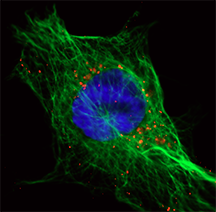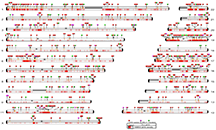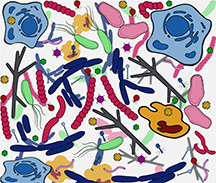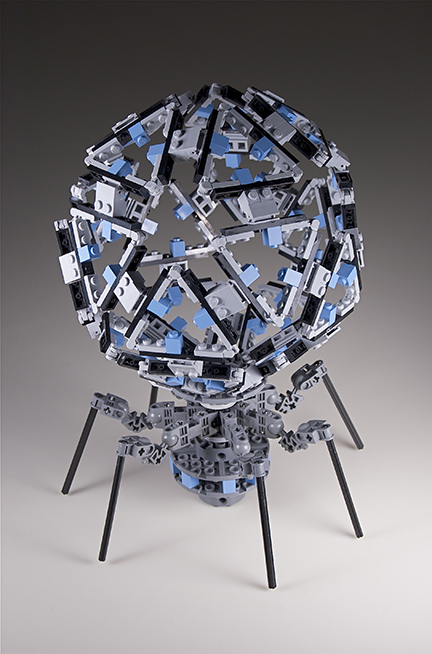Research
COVID
 With the rise of the COVID pandemic, the Bushman laboratory developed methods to help respond. Studies included development of SARS-CoV-2 assays not reliant on conventional supply chains, studies of COVID and the microbiome, and characterization of waves of infection in the Philadelphia area using viral whole genome sequencing. The later project supports a dashboard that is regularly updated to keep track of local variants.
With the rise of the COVID pandemic, the Bushman laboratory developed methods to help respond. Studies included development of SARS-CoV-2 assays not reliant on conventional supply chains, studies of COVID and the microbiome, and characterization of waves of infection in the Philadelphia area using viral whole genome sequencing. The later project supports a dashboard that is regularly updated to keep track of local variants.
HIV
 HIV continues to cause enormous rates of morbidity and mortality world wide. The Bushman laboratory has contributed pivotal assays important in understanding HIV replication, and today carries out extensive studies on HIV prevention and cure.
HIV continues to cause enormous rates of morbidity and mortality world wide. The Bushman laboratory has contributed pivotal assays important in understanding HIV replication, and today carries out extensive studies on HIV prevention and cure.
Genomics of Gene Therapy
 Our laboratory supports genomics-based studies in service of human gene therapy through our Core facility.
Our laboratory supports genomics-based studies in service of human gene therapy through our Core facility.
Many vectors for human gene modification direct integration of their genetic material, which can stabilize gene correction but also risks genotoxicity. We have carried out extensive studies of integration in human gene transfer, and also developed additional methods for supporting human gene therapy studies.
Microbiome
 Many trillions of microbes live in our guts and elsewhere on our bodies. These microbes—the microbiome--contribute to health by helping with digestion, guiding growth of our immune systems, and shouldering out invading pathogens. People differ greatly in the composition of their microbiota, influencing us each in unique ways. The human microbiota has been reported to influence risk of heart disease, cancer, autism, obesity, inflammatory bowel diseases, and many other disorders. In the Bushman laboratory, we have studied the role of the human microbiome—bacteria, fungi, and viruses—in many of these disorders.
Many trillions of microbes live in our guts and elsewhere on our bodies. These microbes—the microbiome--contribute to health by helping with digestion, guiding growth of our immune systems, and shouldering out invading pathogens. People differ greatly in the composition of their microbiota, influencing us each in unique ways. The human microbiota has been reported to influence risk of heart disease, cancer, autism, obesity, inflammatory bowel diseases, and many other disorders. In the Bushman laboratory, we have studied the role of the human microbiome—bacteria, fungi, and viruses—in many of these disorders.
Virome
 A less-studied part of the human microbiome is the virome, the population of viruses that live associated with our bodies. Purification of virus-like particles from human intestinal contents yields around one billion particles per gram. Saliva contains around 100 million particle per ml. Most of these viruses probably infect cellular members of the microbiota (bacteria, archaea, and microeukaryotes). A minority infect human cells. In the Bushman laboratory, we have carried out extensive targeted studies of the virome, providing unique insights into colonization of infants, contributions to diseases, and ongoing mechanisms of evolution.
A less-studied part of the human microbiome is the virome, the population of viruses that live associated with our bodies. Purification of virus-like particles from human intestinal contents yields around one billion particles per gram. Saliva contains around 100 million particle per ml. Most of these viruses probably infect cellular members of the microbiota (bacteria, archaea, and microeukaryotes). A minority infect human cells. In the Bushman laboratory, we have carried out extensive targeted studies of the virome, providing unique insights into colonization of infants, contributions to diseases, and ongoing mechanisms of evolution.

